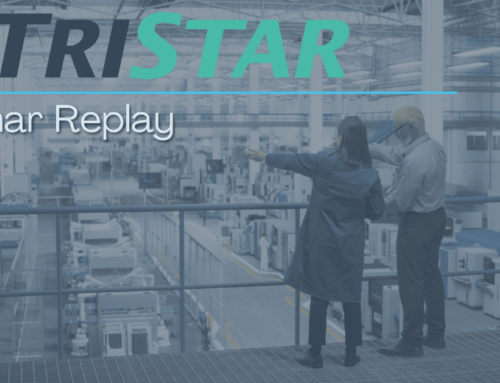October 25, 2023
Model Based Product Development: A New Era in Engineering
READ TIME: 2.1 MINS
The evolution of Model Based Definition (MBD) is transforming manufacturing and service processes. Model Based Product Development (MBPD) is emerging as a game-changer in engineering and design. This approach goes beyond product creation; it focuses on visualizing products through detailed models, streamlining processes, and driving efficiency from conception to completion.
What is Model Based Product Development?
Model Based Product Development (MBPD) shifts from traditional design methods. Engineers use virtual models to simulate product performance instead of relying solely on physical prototypes and disconnected tools. These models integrate diverse inputs and outputs as foundational elements that create a clear and cohesive framework for the development cycle.

The Evolution of Model Based Definition (MBD)
Historically, while engineering welcomed the use of 3D models for enterprise-wide applications, it lagged in adopting a truly model-centric mindset throughout its design processes. Beyond the primary CAD model, engineers often opted for diverse software solutions catering to specific functions like simulation, generative design, and documentation.
Although vital for crafting modern products, such a diverse toolkit introduces challenges. The primary issue? These best-of-breed tools don’t share a universal file format. This disparity forces engineers to work tediously to bridge data and models between platforms, diverting their focus from innovative tasks.
Programs like PTC Creo pioneered top-tier parametric modeling, ensuring that changes in one model segment automatically reflect across related components. However, introducing standalone solutions for tasks like simulation disrupts this seamless design flow. The result? Engineers juggle multiple tools, leading to inefficient data import, export, and translation cycles.
Fortunately, the landscape is changing. Once limited to auxiliary functions, CAD tools now have many advanced features. Platforms like PTC Creo have expanded to include generative design, real-time simulation, and more, all under a unified environment sharing a consistent CAD file format.

The Future is Model Based Product Development
By utilizing a unified tool infrastructure and a single 3D model, engineering teams can harness the efficiency benefits other departments gain from model based product development practices. Data from PTC reveals that a solid MBPD strategy can expedite documentation by 40%, slash first article inspection durations by 60%, and reduce product discrepancies by 90%. Design and engineering processes stand to gain a lot from such advancements.
In conclusion, the call to action is clear: Engineering sectors must champion the model-centric ethos they advocate. By doing so, they can unlock the transformative potential of model-based product development, propelling the entire enterprise towards a unified, model-driven vision to drive transformative change.
Ready to Learn More About MBPD? Download The Guide Now
Links to Other Pages
- Features of CAD Software – The 9 Essentials: Discover the nine essential features of CAD software that streamline design workflows and enhance your product development process.
- Creo vs Solidworks – Comparison Chart: Compare Creo and SolidWorks with our detailed chart, helping you choose the best CAD software based on your design needs.
- Onshape Cloud CAD: Innovating 3D Design: Learn how Onshape Cloud CAD revolutionizes 3D design by offering flexible, cloud-based solutions for seamless collaboration and productivity.
- Getting Started with Industrial Augmented Reality Solutions: Explore how to implement industrial augmented reality solutions, improving operational efficiency and transforming your production processes.
TriStar Digital Thread Solutions welcomes questions. Feel free to CONTACT US if you can’t find what you’re looking for, or call us at 800-800-1714









Leave A Comment